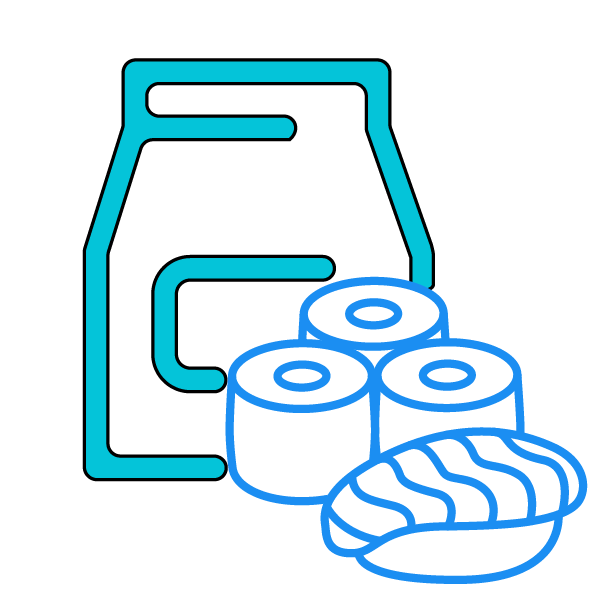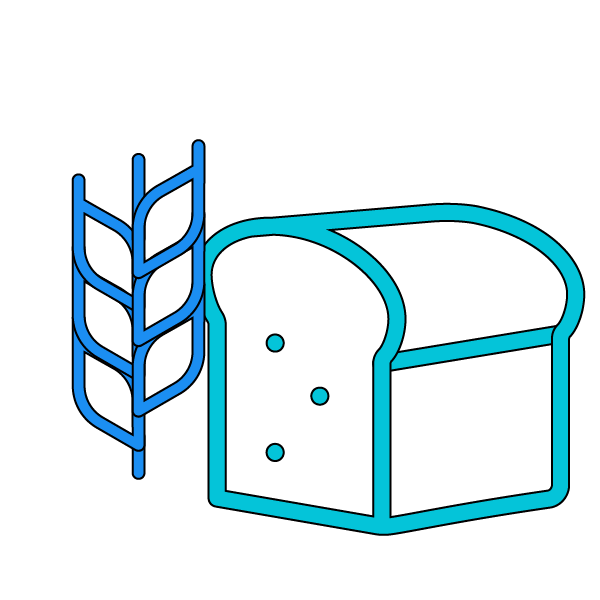
Air Classifying Mills combine a classifying impact mill with an internal air classifier to create a versatile piece of size reduction equipment.
Related Products :
AIR CLASSIFYING MILL
Features Product grinding to a final size of 50 mesh to sub-micronTwo-stage closed circuit grindingInterstage air classification/air classifyingLarge access door for quick inspection/cleaningStandard door interlock Benef…









Prater’s Air Classifying Mills operates by using the combination of two-stage closed circuit grinding/milling with an interstage air classifier all in one convenient unit. The internal air classifier continuously recirculates particles that are larger than desired back into the grinding zone ensuring an optimal final product particle size. When faced with materials that can be difficult to grind or that require a narrower particle distribution, the unique capabilities of the air classifying mill are often necessary. Large access doors on the air classifying mills allow for quick inspection or cleaning of the main rotor and classifier rotor.
Grinding applications can pose particular challenges. Materials that are difficult to grind or require a narrow particle distribution require specialized milling solutions. The unique capabilities of the Prater air classifying mill (CLM) are designed to produce a finer grind and a narrower particle size distribution than standard mill designs. The Prater CLM mill is suitable for particle size ranges from 149 microns to a mean size of 5 to 7 microns.
Prater Air Classifying Mills (CLM) offers the combination of two-stage closed circuit grinding with internal air classification. Their unique capabilities out perform single-pass mills when handling difficult to grind products or those requiring a narrow particle size distribution. The Optional screen-less screen frame design reduces screen damage and wear while the secondary inlet provides additional air for an element of cooling.
Six sizes are available from the 3 HP CLM-18 pilot scale lab mill to the 250 HP CLM-101. All Air Classifying Mills come with standard safety features, including an automatic safety door interlock that prevents unintended access to internal rotating parts during operation.
Benefits of Prater CLM mills include:
Customers will appreciate the following benefits:
Processing of hard-to-grind materials takes place via three successive steps in a Prater classifier mill.
First Stage Grinding: Convey air and metered product enter behind the rotor, where grinding blades impact and accelerate particles outward. Additional collisions take place against the jaws and screens until the particles are small enough to egress through the screen’s apertures.
Classifier: Particles from first stage grinding are circulated outside the grinding chamber, where a secondary intake drafts pneumatic air to help fluidize and cool the particles. Material is pulled inward toward the classifying rotor, where size separation takes place. On-size particles pass through the rotor and are pneumatically conveyed to the next stage in the process while off-spec particles are rejected to second stage grinding. The air classifier rotor is independently controlled, allowing for precise control of particle size simply by adjusting the RPM using a Variable Frequency Drive, VFD.
Second Stage Grinding: Rejected particles from the classifier re-enter the grinding chamber in front of the rotor. Grinding blades again impact and accelerate the particles outward, where size reduction is intensified by 360 degrees of aggressive grinding ring segments. Reground, second stage product combines with product from the first stage and then returns to the classifier.
The accompanying schematic illustrates how Prater Air-Classifying Mills, which are always integrated with a pneumatic conveying system, can be integrated into your total operating system:
